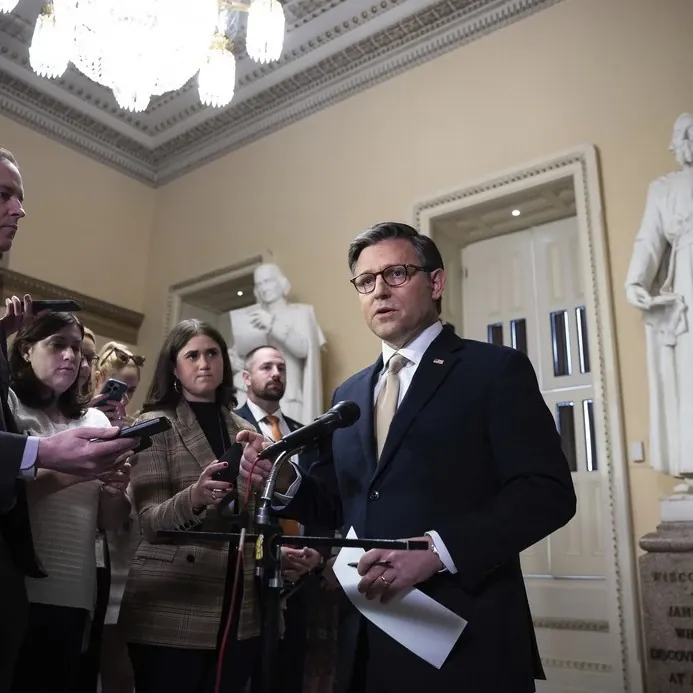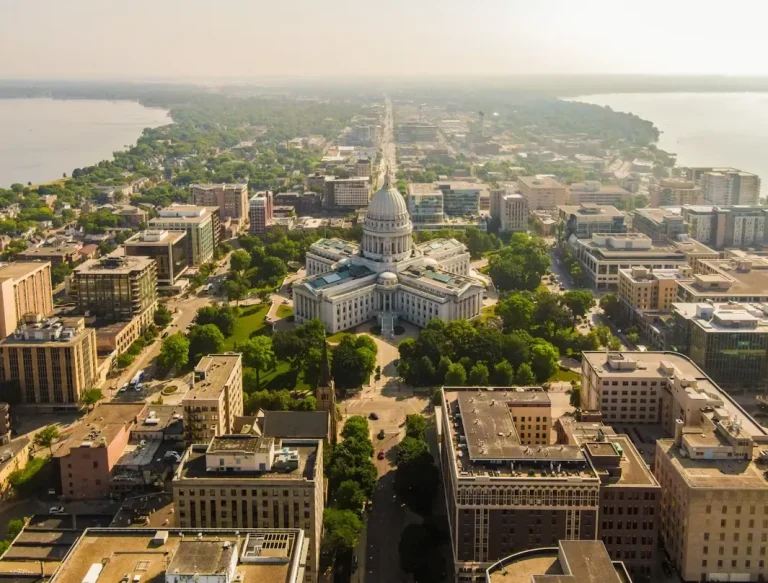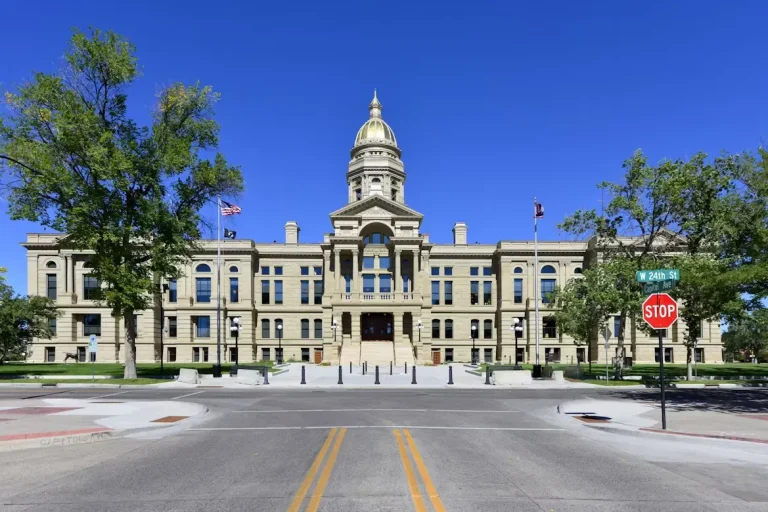New York
New York City, often referred to simply as New York, is the largest city in the United States and a global hub for finance, culture, and politics. Home to over eight million residents, it plays a crucial role in shaping national and international trends. The city is known for its iconic skyline, diverse neighborhoods, and a rich tapestry of history that influences its governance and community engagement.
Government Structure
The government of New York City consists of several key components that work together to manage the complexities of urban life. The structure is primarily divided into three branches: the executive, the legislative, and the judicial.
Executive Branch
The executive branch is led by the Mayor, who is responsible for overseeing city agencies, implementing laws, and managing the city’s budget. The Mayor is elected to a four-year term and can serve a maximum of two consecutive terms. The current Mayor’s administration focuses on various issues, including public safety, housing, education, and transportation.
Legislative Branch
The City Council serves as the legislative body of New York City. Comprising 51 members, each representing a distinct district, the Council is responsible for passing laws, approving the city budget, and providing oversight of city agencies. Council members serve four-year terms and are elected by the residents of their respective districts. The Council holds regular meetings where they discuss and vote on a wide range of issues affecting the city.
Judicial Branch
The judicial branch in New York City handles legal matters through various courts, including criminal, civil, and family courts. The New York State Unified Court System administers the courts, ensuring justice is served in accordance with state and federal law.
City Council Meetings
City Council meetings are essential for fostering civic engagement and transparency. These meetings provide a platform for city officials to discuss important issues, propose new legislation, and gather public input. The meetings typically include:
- Public Hearings: Open forums where residents can voice their opinions on proposed laws or city projects.
- Committee Meetings: Smaller group discussions focusing on specific areas such as finance, education, or housing.
- Full Council Sessions: Large gatherings where all council members convene to debate and vote on legislation.
Residents are encouraged to participate by attending these meetings in person, or they can tune in via livestreams and recordings available on various platforms, including Civic Stream. This accessibility promotes transparency and allows citizens to stay informed about local governance.
Key Issues in New York City
New York City faces a multitude of challenges and opportunities that shape its governance. Some of the key issues include:
- Affordable Housing: The city grapples with a housing crisis, striving to provide affordable options for its diverse population.
- Transportation: The intricate public transit system is continually assessed for improvements to enhance connectivity and reduce congestion.
- Public Safety: Ensuring the safety of all residents while maintaining civil liberties is a balancing act for city officials.
- Environmental Sustainability: The city has initiated several programs aimed at combating climate change and promoting green spaces.
- Economic Development: Strategies to support local businesses and attract new industries are pivotal for job creation and economic growth.
Civic Engagement and Community Involvement
New York City thrives on the active participation of its residents. Civic engagement is crucial for holding elected officials accountable and influencing policy decisions. There are various ways residents can get involved:
- Attend City Council Meetings: Residents can attend meetings to stay informed and voice their opinions on local issues.
- Participate in Local Organizations: Numerous community organizations focus on specific issues, offering residents a chance to engage with like-minded individuals.
- Volunteer: Various city programs encourage volunteerism, allowing residents to contribute to their communities actively.
- Engage on Social Media: Following city officials and organizations on social media can be an effective way to stay updated and participate in discussions.
Conclusion
New York City is a vibrant metropolis with a complex government structure that encourages civic participation. Understanding how the city operates, including the functioning of the City Council and the issues at hand, is essential for residents. Engaging in local governance not only empowers individuals but also strengthens the community as a whole. For those interested in staying connected, Civic Stream provides valuable resources to access livestreams and recordings of government meetings, fostering an informed and engaged citizenry.



